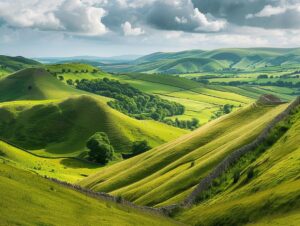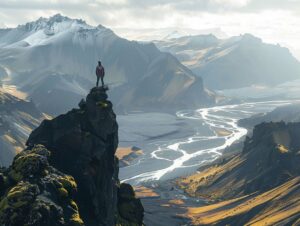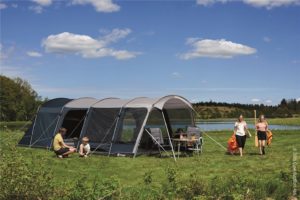

Vaibhav
- Categories: Hiking
Looking to combine your love for hiking with a passion for stargazing? In this article, we will explore the top 5 hiking trails in the UK that offer breathtaking opportunities for stargazing.
From Snowdonia National Park to The Brecon Beacons National Park, each of these trails provides the perfect backdrop for a night under the stars.
We will discuss the essential equipment you need for a successful stargazing hike and share some tips to make the most of your experience.
Get ready for an unforgettable adventure!
Key Takeaways:

- Discover the wonders of the night sky on a UK hiking adventure with our top 5 stargazing trails.
- Make sure you have the right equipment, such as a telescope and red light headlamp, for the best stargazing experience.
- For a successful stargazing hike, plan your route and timing, check the weather forecast, pack light, and choose a location with minimal light pollution.
Top 5 Hiking Trails in the UK for Stargazing
Embark on a memorable journey by exploring the top five hiking trails in the United Kingdom known for stargazing. Within designated Dark Sky Reserves such as Northumberland, South Downs, Exmoor, North York Moors, and Yorkshire Dales, you can witness the captivating beauty of celestial objects. Each of these destinations presents distinct opportunities to engage with the night sky and its marvels.
1. Snowdonia National Park
Snowdonia National Park in the United Kingdom go beyond its exceptional stargazing prospects. The park encompasses neolithic standing stone sites, adding a mystical and ancient charm to the landscape. Its grand mountains, notably Snowdon, the tallest peak in Wales, present awe-inspiring views and opportunities for hillwalking and outdoor activities.
Snowdonia offers minimal light pollution levels, establishing it as an ideal location for immersing oneself in the beauty of the night sky and developing a deep appreciation for the wonders of the universe.
2. The South Downs Way
The South Downs Way is well-known for its chalk hills and lowland heath, creating optimal conditions for observing celestial objects in the night sky.
One of the prominent locations along the South Downs Way that is particularly suited for stargazing is Bignor Hill. This site offers unobstructed panoramic views of the star-filled heavens.
Bignor Hill is a popular spot, especially during meteor showers like the Perseids in August, providing spectators with a prime location to witness this spectacular celestial event. With minimal light pollution, the South Downs Way serves as an excellent vantage point for observing the Milky Way, allowing visitors to appreciate the ethereal beauty of our galaxy.
3. The West Highland Way
The West Highland Way, located in the Scottish Highlands, presents visitors with stunning views of constellations and the Milky Way, establishing it as an exceptional location for celestial observations. Stargazing enthusiasts traversing this renowned trail will discover ideal locations for appreciating the night sky.
Notably, in proximity to Inversnaid, the absence of light pollution fosters optimal conditions for observing stars. Further along the trail, Conic Hill offers expansive views that are particularly conducive to spotting the Orion constellation during specific periods of the year.
Upon reaching the trail’s terminus in Fort William, visitors have the opportunity to explore the Nevis Range, recognised as a Dark Sky Discovery Site, where they can admire the mesmerising beauty of the celestial sky.
4. The Peak District National Park
The Peak District National Park provides a peaceful setting for stargazing, allowing visitors to appreciate unobstructed views of stars and constellations against the backdrop of the night sky.
Several designated stargazing locations within the Peak District, such as Surprise View, Parsley Hay, and Minninglow, are recognised as Dark Sky Discovery Sites. These areas offer optimal conditions for observing celestial phenomena due to their minimal light pollution levels.
The National Park hosts stargazing events and workshops conducted by expert astronomers throughout the year, providing visitors with the opportunity to deepen their understanding of the celestial wonders. The absence of urban areas in proximity further enhances the stargazing experience in the Peak District, enabling stunning views of the cosmos.
5. The Brecon Beacons National Park

The Brecon Beacons National Park is renowned for its dark skies, offering exceptional opportunities for observing constellations, celestial objects, and even nocturnal wildlife.
One of the premier locations for stargazing within the park is Usk Reservoir, where limited light pollution enhances the viewing experience. Additionally, Carreg Cennen Castle, located on a hilltop, provides breathtaking panoramic vistas of the night sky.
For individuals seeking guided stargazing experiences, the Brecon Beacons National Park organises events such as the annual Dark Sky Festival, which includes expert-led excursions to key stargazing sites. These events present a unique chance to gain insights into astronomy while appreciating the splendour of the dark sky reserve.
What Equipment Do You Need for a Stargazing Hike?
To optimise the stargazing hike experience, it is imperative to equip oneself with the appropriate tools. These tools should include:
- a telescope or binoculars,
- a star chart or astronomy application,
- a red light headtorch,
- as well as warm clothing.
These items are essential for ensuring a comfortable and enjoyable stargazing experience.
1. Telescope or Binoculars
Utilising a telescope or binoculars can markedly enhance the experience of stargazing by offering closer views of celestial entities, encompassing planets and galaxies. Whilst binoculars present advantages in terms of portability and user-friendliness, telescopes afford greater magnification and superior image quality, enabling observers to discern fainter celestial objects and intricate details.
In the selection of equipment, it is paramount to take into account factors such as aperture size, magnification power, and transportability. Telescopes prove particularly well-suited for the observation of remote planets, nebulae, star clusters, and dim galaxies, whereas binoculars excel in scanning the night sky for luminous entities such as the Moon, constellations, and comets.
2. Star Chart or Astronomy App
The utilisation of a star chart or astronomy application proves to be critical for individuals engaging in stargazing activities, facilitating the identification of constellations and navigation across the night sky with efficiency.
Incorporating a star chart or astronomy application into a stargazing expedition can significantly enrich one’s celestial observation experience. Prominent applications such as SkySafari, Star Walk, and Star Chart offer interactive functionalities including real-time sky monitoring, detailed information on celestial objects, and augmented reality features.
These applications enable users to point their devices towards the night sky and promptly receive identifications of stars, planets, and constellations, simplifying the process of locating specific celestial entities.
Alternatively, star charts like the Sky & Telescope’s Pocket Sky Atlas present a more conventional approach to charting the night sky, allowing for a hands-on method of stargazing.
3. Red Light Headlamp
A red light head torch is considered an essential tool for stargazing, as it plays a critical role in preserving the observer’s night vision while enabling them to navigate and utilise their equipment effectively. Stargazing enthusiasts understand the importance of safeguarding their night vision to fully immerse themselves in the splendour of the nocturnal sky.
When utilising a standard white light head torch, the eyes rapidly adapt to the brightness, hindering the visibility of faint stars and celestial objects.
In contrast, a red light head torch emits a faint, red-coloured light that minimally impacts the observer’s night vision. This feature allows for movement without compromising the ability to discern the intricate details of the celestial display above.
The selection of an appropriate red light head torch can significantly enrich the stargazing experience for enthusiasts.
4. Warm Clothing and Blanket
Adequate attire, including warm clothing and a blanket, is imperative to ensure a comfortable stargazing experience, particularly given the significant drop in temperatures during nighttime.
Layering plays a crucial role in the preparation for a stargazing hike. Commence with a moisture-wicking base layer to maintain dryness, followed by a thermal layer for insulation, and cap it off with a waterproof and windproof outer shell. Opting for materials such as merino wool or synthetic fibres is advisable, as they provide warmth without adding bulk.
Plus providing extra warmth, a blanket serves as a cosy spot to sit and appreciate the night sky. It also offers comfort for lying down during prolonged stargazing sessions.
Tips for a Successful Stargazing Hike

To carry out a successful stargazing hike, careful planning and preparation are essential. This includes choosing the suitable time and location, checking the weather forecast, and reducing light pollution to improve the visibility of the night sky.
1. Plan Your Route and Timing
Careful planning of the route and timing is essential for a successful stargazing hike, ensuring that the Dark Sky Park location is reached during optimal viewing conditions. It is advisable to consider checking the moon phases before embarking on the stargazing adventure, as a new moon or a waxing crescent phase is considered ideal for better visibility of fainter celestial objects.
The opportunities for stargazing vary across different seasons due to the positions of constellations and the Milky Way. Researching the optimal seasons for stargazing in the respective region can greatly enhance the overall experience.
Dark Sky Parks, designated areas with minimal light pollution, offer an excellent setting for stargazing activities. Selecting a Dark Sky Park for the hiking expedition can significantly enhance the likelihood of witnessing awe-inspiring night skies.
2. Check the Weather Forecast
It is imperative to check the weather forecast before embarking on a stargazing hike, as clear skies are critical for optimal visibility of celestial objects. When analysing weather forecasts for stargazing purposes, it is advisable to consider indicators such as cloud cover percentage, humidity levels, and visibility forecasts.
Weather apps known for their reliability, such as AccuWeather, Weather Underground, or Clear Outside, can offer detailed hour-by-hour forecasts specifically designed for stargazing conditions.
Additionally, having contingency plans in place in the event of unfavourable weather conditions is advantageous. Alternative stargazing locations, indoor stargazing activities, or rescheduling the outing for a more suitable night are all viable options.
Maintaining flexibility and preparedness for potential changes in weather patterns can contribute to ensuring a pleasant and rewarding stargazing experience.
3. Pack Light and Bring Essential Gear
To enhance the enjoyment and manageability of your stargazing hike, it is advisable to pack light and bring essential gear. This approach ensures that you have all necessary items without being burdened by excessive weight.
When considering what to pack, it is recommended to include a head torch for hands-free illumination, a comfortable camping chair for prolonged stargazing sessions, a star chart or night sky guide for constellation identification, a portable telescope for improved viewing, snacks and water for sustained energy, and a warm blanket or jacket for cooler evenings.
When organising your gear, prioritise multi-functional items to optimise space and weight efficiency. Select compact versions of essential items and strive to strike a balance between comfort and practicality. This approach will ensure that you are adequately prepared for extended periods of stargazing while maintaining a manageable pack weight.
4. Be Mindful of Light Pollution
Maintaining awareness of light pollution is essential for a successful stargazing excursion, as it directly impacts the visibility of the night sky and celestial bodies. Excessive artificial lighting can overpower the natural radiance of stars and planets, hindering the ability to fully appreciate the splendour of the nocturnal sky.
To mitigate light pollution during stargazing endeavours, it is advisable to choose locations distant from urban settings and prominent light sources.
Dark Sky Reserves, demarcated regions renowned for their remarkably low levels of light pollution, offer optimal settings for observing the cosmos in its unadulterated state. When identifying a stargazing site, it is advisable to prioritise areas with minimal light disruption to heighten the overall experience of engaging with the marvels of the universe.
5. Have Patience and Enjoy the Moment
Exercising patience and embracing the present moment are essential components for a fulfilling stargazing experience, enabling individuals to fully appreciate the magnificence of the night sky.
One valuable suggestion for enriching your stargazing expedition is to prepare a comfortable blanket or chair for seating, ensuring you can unwind and direct your attention towards the celestial marvels overhead. It is important to dress warmly and have a thermos of hot tea or cocoa on hand to maintain comfort in the chilly night atmosphere.
Remaining attentive to the present moment and mindful of the surroundings will facilitate a sense of connection with the expansive universe above, fostering feelings of tranquillity and awe as you engage in your nocturnal excursion beneath the starlit sky.
Frequently Asked Questions

What are the best UK hikes for stargazing?
The best UK hikes for stargazing include the Scottish Highlands, the Brecon Beacons, the Lake District, Dartmoor, and the Northumberland National Park.
What makes these hikes ideal for stargazing?
These hikes are ideal for stargazing because they offer minimal light pollution, clear skies, and stunning landscapes. They are also located in designated Dark Sky Reserves or Parks, making them some of the best spots in the UK for stargazing.
When is the best time to go stargazing on these hikes?
The best time to go stargazing on these hikes is during the new moon phase or when the moon is not visible in the sky. This ensures darker skies and better visibility of stars and celestial objects.
What should I bring for stargazing on these hikes?
For stargazing on these hikes, it is essential to bring warm and comfortable clothing, a red light flashlight (to preserve night vision), a star map or app, a telescope (if desired), and plenty of water and snacks for the hike.
Are there any guided stargazing tours on these hikes?
Yes, some of these hikes offer guided stargazing tours with experienced astronomy guides. This is a great option for those who are new to stargazing or want to learn more about the night sky.
Are there any safety precautions to keep in mind while stargazing on these hikes?
Yes, it is important to always follow safety guidelines while hiking and stargazing, such as staying on designated trails, being aware of potential hazards, and watching out for wildlife. It is also recommended to go with a group and inform someone of your hiking and stargazing plans.
Share:
By submitting your email address, you are agreeing to receive marketing emails from theexpertcamper.co.uk.
We’ll never share your email address and you can unsubscribe at any time. Privacy policy
Related Posts
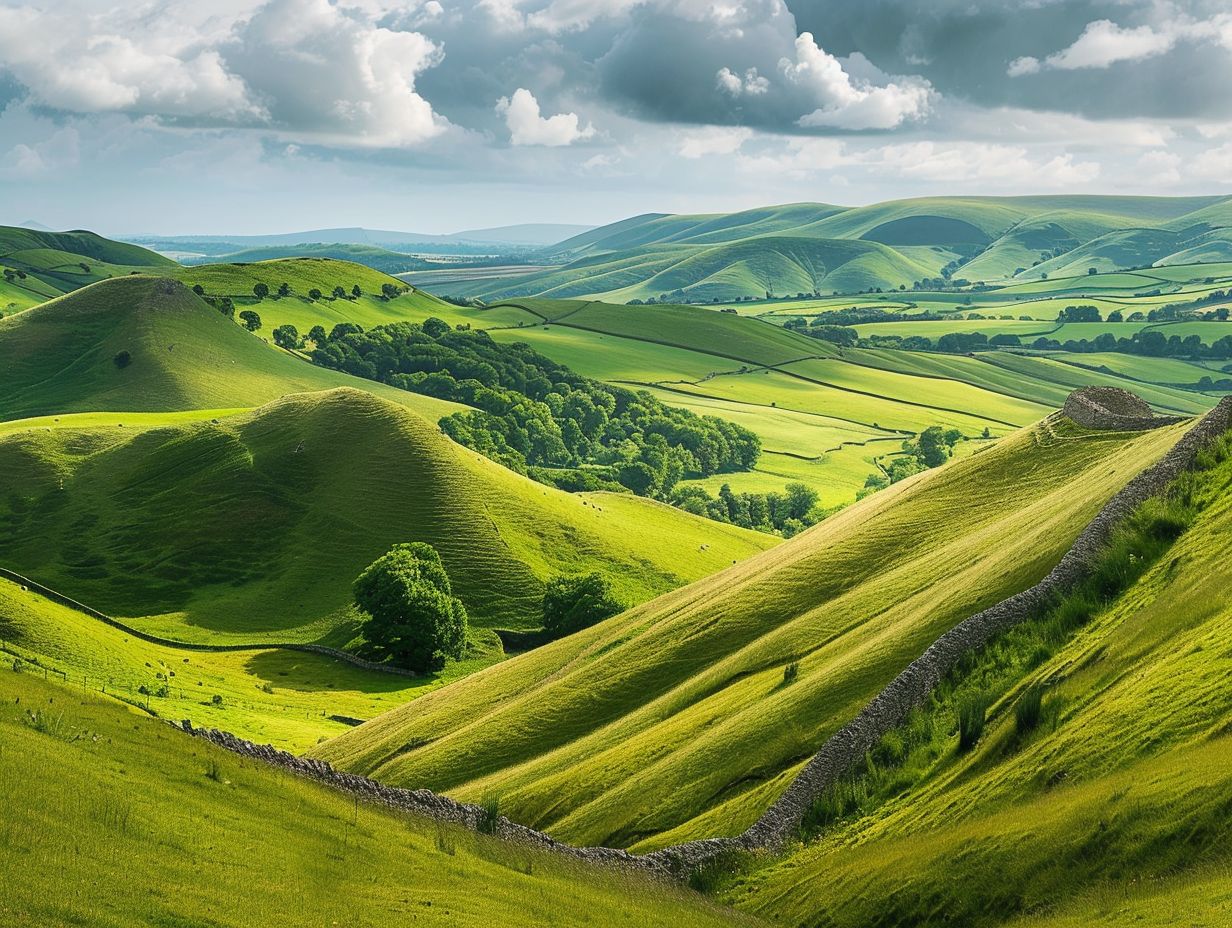
A Seasonal Guide To Hiking In The Peak District
Are you ready to lace up your hiking boots and explore the stunning landscapes of the Peak District? This seasonal guide will take you through
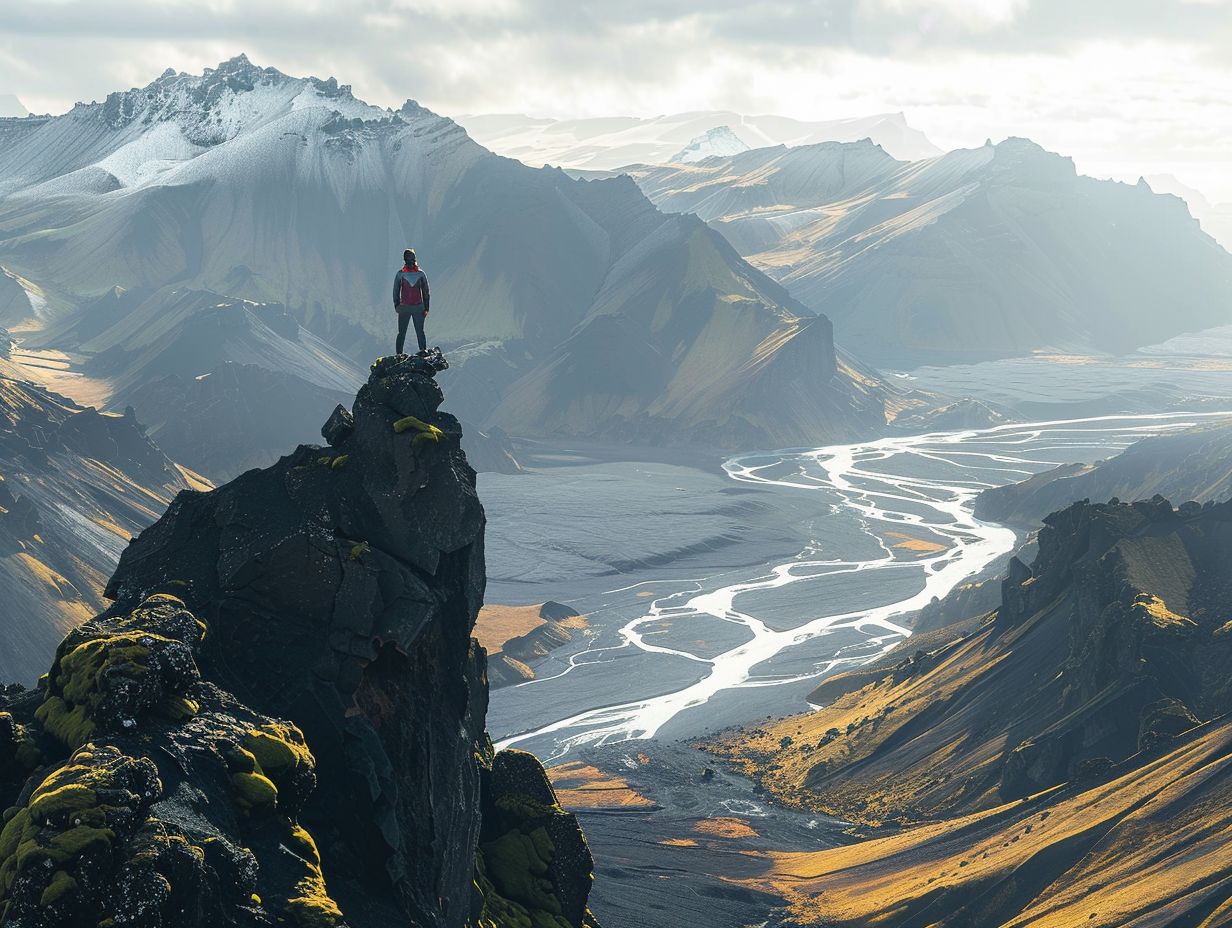
Hiking Challenges Preparing For Your First Ultrahike
Are you ready to take your hiking adventures to the next level? Ultra-hiking offers a unique combination of physical and mental challenges, breathtaking scenery, and
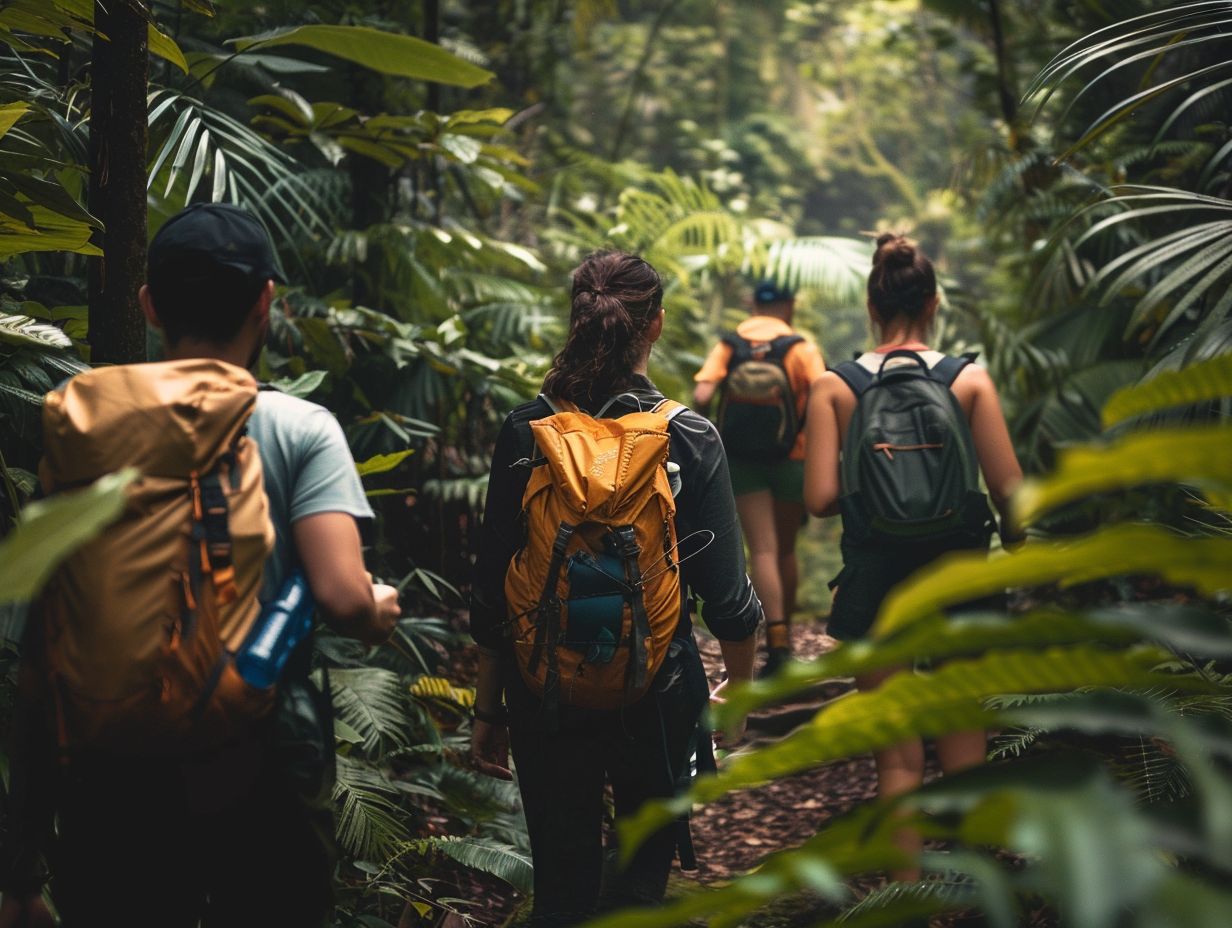
Ecofriendly Hiking Tips For Sustainable Adventures
Are you an outdoor enthusiast looking to minimise your impact on the environment while enjoying the great outdoors? Eco-friendly hiking is the perfect solution! We
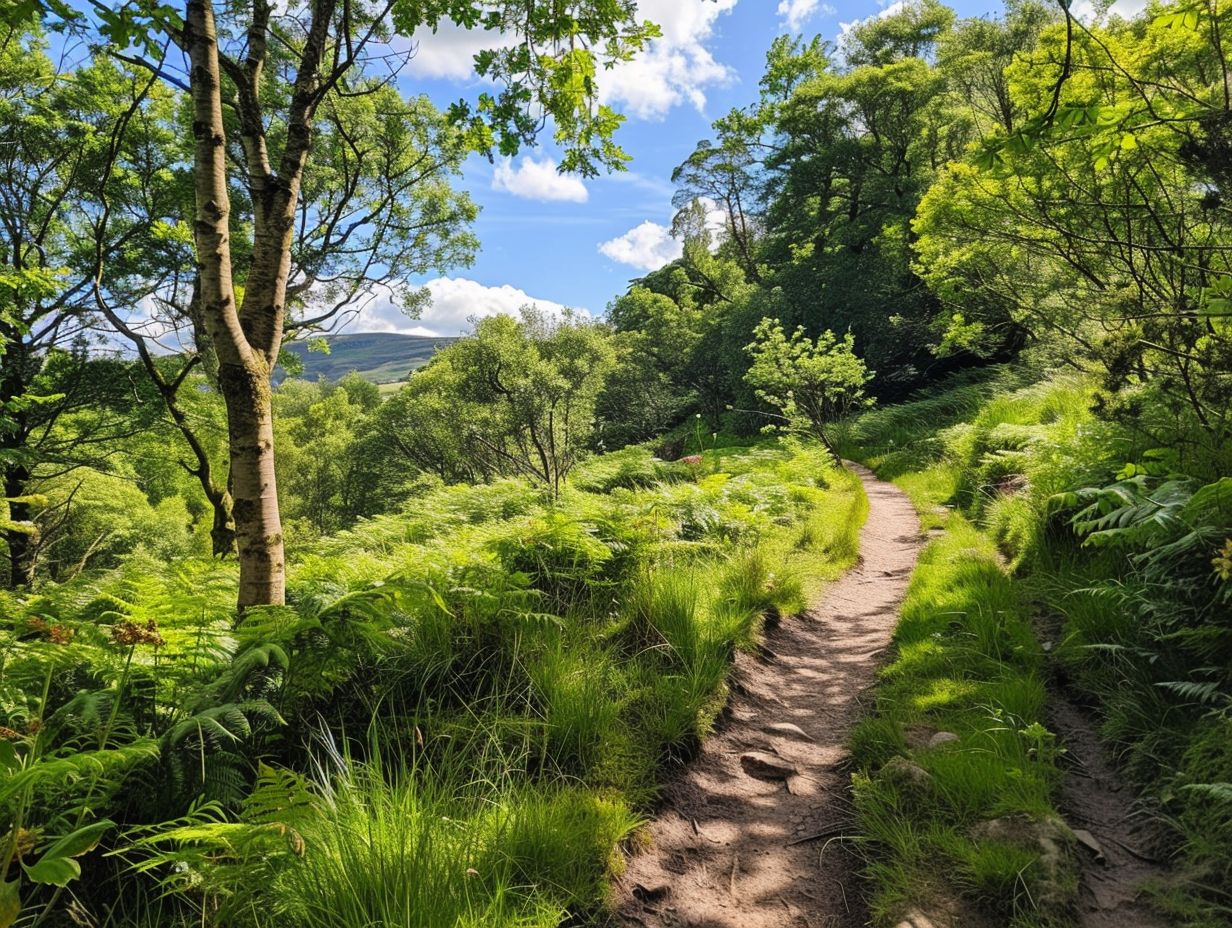
The Best Hiking Trails For Experiencing UK Wildlife
When exploring the picturesque hiking trails of the UK, you can expect to encounter a diverse array of wildlife. From majestic birds soaring overhead to
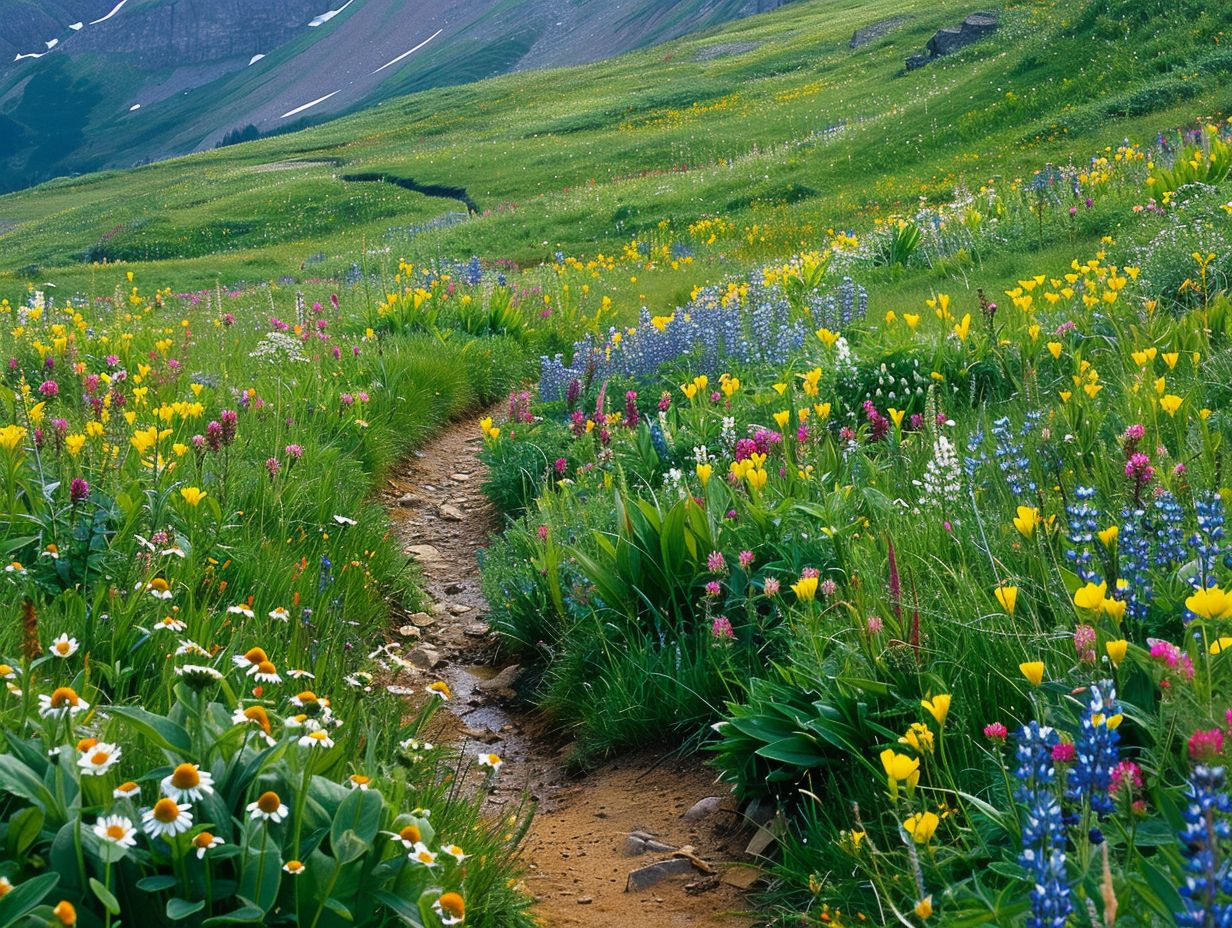
Wildflower Walks The Best Trails For Nature Lovers
Are you a nature lover looking to embark on a wildflower walk? Explore the best trails for wildflower walks, including [Trail Name 1], [Trail Name













